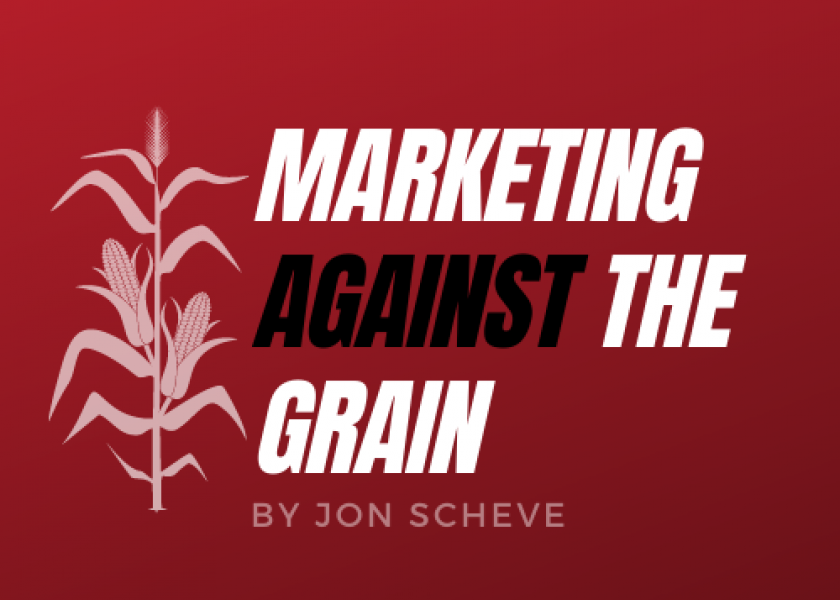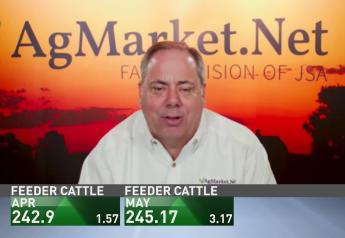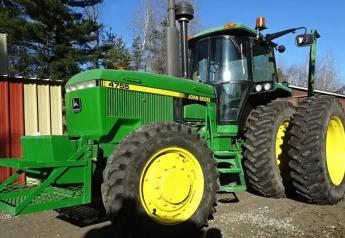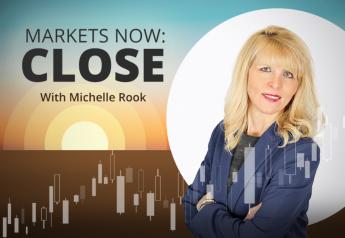How to Keep the Upside Price Potential Open With A Profitable Floor Price

Missed a recent article by Jon Scheve? Get it sent to you directly every week. Send a request by email: jon@superiorfeed.com
Market Commentary for 11/25/22
The market is monitoring increased covid lockdowns in China and South America’s weather forecasts for their upcoming growing season. Also, recent bombings in Ukraine have reduced the electric power supply by 50%, which is impacting export facilities and their ability to move grain. The Black Sea export corridor deal was renewed on November 19th, but the total ships loading in Ukraine has dropped by half since then.
Market Action
I shared previously that on April 19th I bought $6.80 December puts for 40 cents on 70% of my 2022 production. This basically provided me a guaranteed floor price of $6.40 per bushel, after factoring the cost to buy the puts.
Why Did You Buy Puts?
There were several variables impacting the market at the time. The war in Ukraine was only two months old, plus there were concerns in the western corn belt regarding late planting and that La Nina could cause widespread dry weather. Generally, upside potential seemed higher than the downside risk, but to be safe I bought these puts as an “insurance policy” that guaranteed a very good profit for the year if the market pulled back, like it did in 2019. With the dry weather I was experiencing on our farm at the time I was leery of selling more corn for fear our production could be down significantly.
What Happened Next?
It turned out, the day I bought the puts December corn futures traded to $7.55 and that was the 5th highest trading day of the year for December futures. December corn would later peak on May 16th at $7.66. However, in June, corn futures fell $1 per bushel in 4 trading days, so I was glad I had purchased the $6.80 puts as protection.
What Did You Do Then?
After discussing my options available in June with several trusted individuals, on June 23rd when December corn had fallen back to $6.50, I sold these $6.80 puts for 70 cents and collected a net of 30 cents profit on the trade (70 cents less the 40 cents I originally paid). At the same time, I bought $6.10 December puts for 30 cents. After the two trades, I had a $6.10 floor price for $0 cost, instead of a 40-cent cost on the $6.80 puts that left me with basically a $6.40 floor price.
Why Did You Make This Trade?
At the time I thought December corn priced for less than $6.50 was undervalued, and corn rallying to $7.00 again was likely. The following summarizes how much I would be ahead or behind, if I did not make this trade, based upon December corn’s price at Thanksgiving:
- Above $6.80 – 40 cents ahead with the trade
- Between $6.40 to $6.80 – Ahead somewhere between 1 cent to 40 cents
- Between $6.10 to $6.40 – Behind somewhere between 1 cent to 30 cents
- Below $6.10 – behind 30 cents maximum
In the end I looked at the potential outcomes of the trade and found that if the market went up or sideways, I would be ahead. I would only lose a maximum of 30 cents if the market went down which meant that I had basically a 66% chance of this trade being the right decision and I had limited downside exposure even if I was wrong.
I was concerned that if I did not take the profit from the $6.80 puts and buy the $6.10 puts, and the market rallied, I would have to subtract the 40-cent cost of the original $6.80 put protection from my final sold price down the road. Using the profits in the trade to buy the $6.10 puts provided a profitable floor price if I was wrong and corn values continued to trade lower. I consider the new trade free “catastrophic price insurance.”
What Happened?
Friday was December options expiration, and December corn closed at $6.67, so the $6.10 put options expired worthless. If I had kept the $6.80 puts in place, they would have only been worth about 13 cents at expiration. That means I would have lost 27 cents versus the trade I made above, so I am happy with the outcome.
Current Position
I no longer have any floor protection in place for most of my crop. Since corn prices usually, but not always, rally from the end of harvest through winter, I am taking a “wait and see” approach with my remaining unpriced 2022 production.
Today I am 10% sold with futures at $6.40 on the 2022 corn crop. I also have 10% of my 2023 crop priced with futures at $6.25, but this sale could be moved back against the 2022 crop year if I want.
Want to read more by Jon Scheve? Check out recent articles:
Can Corn Still Find Its Way To $7.50?
Can Soybeans Continue To March Higher?
Does Corn Need To Trade Back To $6.50 Or Move Up To $7.50?
What Is In Your Marketing Toolbox
Corn Could Have Upside Potential Moving Forward
Is The National Yield Getting Smaller?
Jon Scheve
Superior Feed Ingredients, LLC







